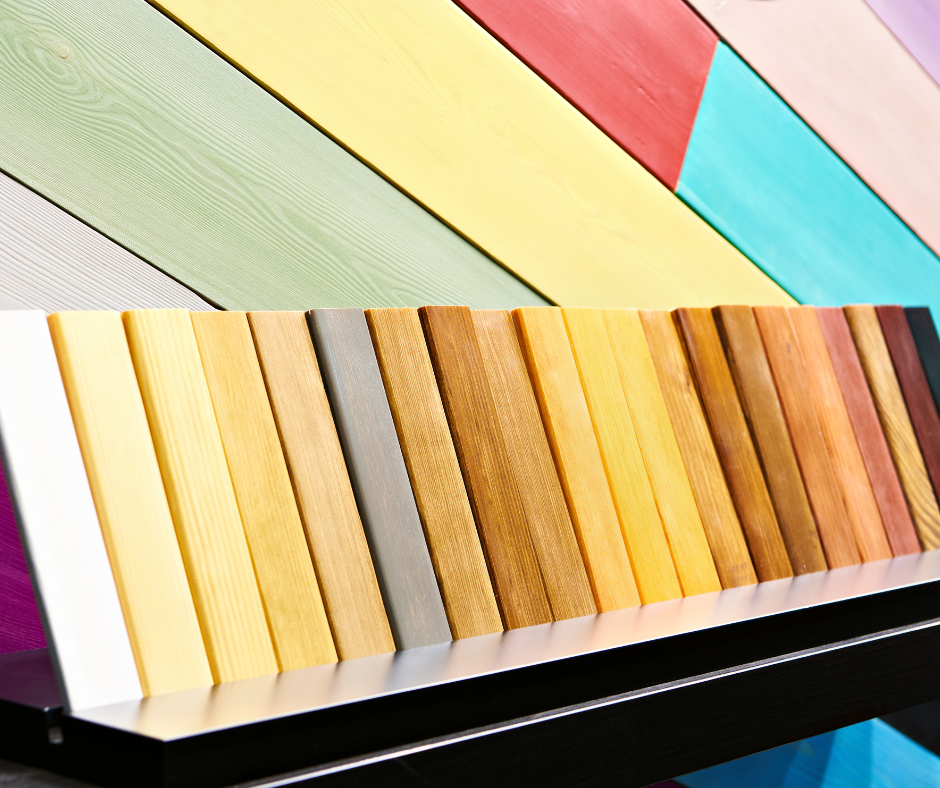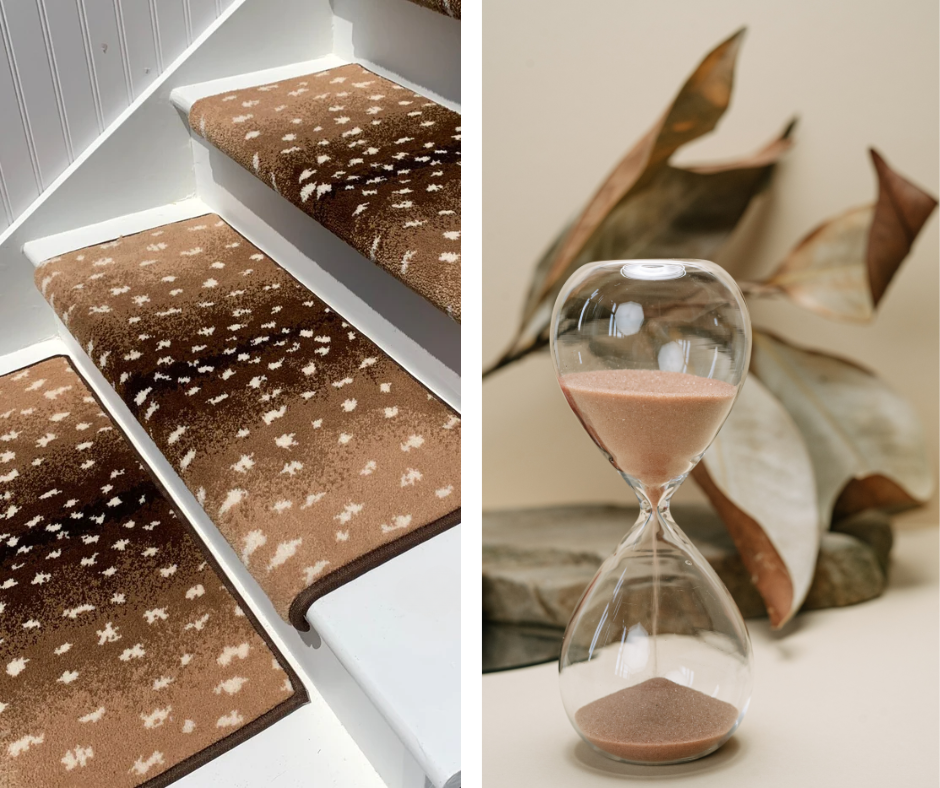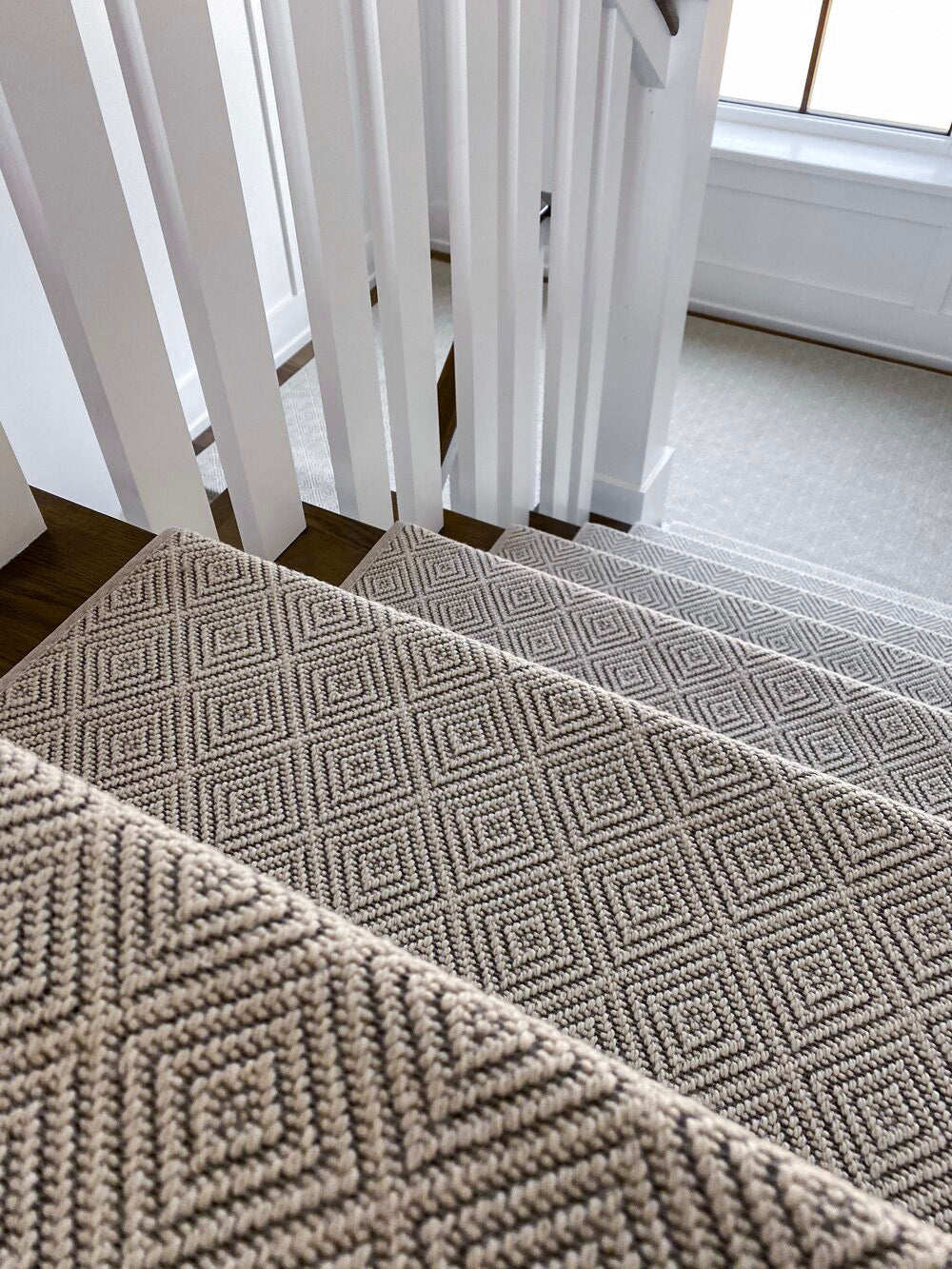Wooden stair treads can wear down over time, making them unsafe and unsightly.
Knowing how to repair wooden stair treads involves inspecting for damage, tightening loose boards, filling cracks, or replacing sections if necessary.
Whether you have bare wood steps or use carpet stair treads, proper maintenance ensures durability and safety.
By following the right repair techniques, you can restore your stairs without the cost of a full replacement.
This guide will walk you through step-by-step fixes, from minor touch-ups to complete tread replacements.
Keep reading to learn the best methods to repair, protect, and extend the life of your wooden stair treads.
Why Do Wooden Stair Treads Need Repairs?
Wooden stair treads are designed to be durable, but they are still vulnerable to wear and tear.
Several factors can contribute to damage, including:
-
Regular foot traffic – Over time, footsteps cause gradual wear, leading to dents and surface scratches.
-
Moisture exposure – Wood can expand and contract due to humidity changes, causing cracks or warping.
-
Improper installation – If the stair treads weren’t properly secured during installation, they may loosen over time.
-
Lack of maintenance – Dirt, debris, and neglect can accelerate damage to wooden stairs.
Regular maintenance and timely repairs can help prevent small issues from turning into costly replacements.
Step-by-Step Guide to Repairing Wooden Stair Treads
Fixing wooden stair treads may sound challenging, but it’s manageable with the right steps.
1. Inspect the Damage
Before you start, examine each tread closely. Are there visible cracks, chips, or wobbling when stepped on?
Identifying the type and extent of the damage will help determine whether you need a simple fix or a full replacement.
2. Tighten Loose Treads
Loose stair treads can be dangerous, leading to accidents if not secured properly.
If a tread feels wobbly but isn’t severely damaged, you can fix it by adding screws or nails.
-
Drill small pilot holes first to prevent the wood from splitting.
-
Use wood glue along with screws for extra strength.
-
If the tread creaks when stepped on, add construction adhesive underneath before securing it.
3. Fill Cracks and Holes
For small cracks or surface holes, wood filler is a quick and effective solution.
-
Use a putty knife to spread the filler evenly over the damaged area.
-
Once it dries, sand it down until the surface is smooth and level.
-
If the cracks are deeper, consider using a wood epoxy for a stronger hold.
4. Replace Severely Damaged Sections
If a tread has a deep crack or is structurally compromised, cutting out and replacing the damaged section may be the best option.
-
Use a circular saw or hand saw to carefully remove the damaged portion.
-
Measure and cut a replacement piece from the same type of wood.
-
Secure the new piece using wood glue and nails, making sure it fits flush with the surrounding wood.
5. Sand and Finish
Once all repairs are complete, sand the entire stair tread to create a smooth and even surface.
This step helps blend any patched areas with the rest of the tread.
-
Start with coarse sandpaper and gradually move to finer grit.
-
Stain or paint the tread to match the rest of the staircase.
-
Apply a protective clear coat to prevent future wear and moisture damage.
6. Reattach Carpet Stair Treads
If your stairs had carpet stair treads, reinstall them securely after the wood repairs are complete.
This will help protect the wooden treads and provide extra grip to prevent slipping.
Understanding the Cost to Install Wood Stair Treads
If your stair treads are beyond repair, replacing them may be the only solution.
Before beginning this process, it’s essential to understand the cost to install wood stair treads.
The total expense depends on factors such as:
-
Type of wood – Hardwood options like oak or maple cost more than softwoods.
-
Size and number of stairs – More treads mean a higher overall cost.
-
Labor costs – Hiring a professional increases the price, but DIY installation can save money.
On average, homeowners spend between $1,000 and $2,500 on new wood stair treads.
If you're doing the job yourself, factor in the cost of tools and materials.
How to Resurface Stair Treads
If your stair treads only have surface damage, resurfacing is a cost-effective way to restore their appearance.
-
Sanding – Remove the existing finish and smooth out imperfections using sandpaper. Start with coarse grit and finish with finer grit for a polished look.
-
Filling Gaps – Apply wood filler to any scratches or dents, then sand again to ensure an even surface.
-
Staining or Painting – Choose a stain to highlight the wood grain or a paint color that matches your décor.
-
Sealing – Apply a clear polyurethane coat to protect the wood from future wear and moisture damage.
Resurfacing is a great way to refresh old treads without the expense of full replacements.
How to Replace Wood Stair Treads
In some cases, repairing a stair tread isn’t enough, and you’ll need a full replacement.
If the wood stair treads is too damaged to be fixed with fillers or sanding, follow these steps to install new stair treads:
-
Remove the Old Tread – Use a pry bar to lift the damaged tread, removing any nails, screws, or adhesive.
-
Measure and Cut a New Tread – Use the old tread as a guide to measure and cut a new piece of wood. Ensure an exact fit for a seamless replacement.
-
Secure the New Tread – Apply wood glue to the back of the new tread before placing it in position. Nail or screw it down for added stability.
-
Finishing Touches – Sand, stain, or paint the new tread to match the rest of the stairs.
Replacing stair treads ensures long-lasting durability and a refreshed appearance.
Regular Maintenance for Wooden Stair Treads
Preventative maintenance can extend the life of your wooden stair treads and reduce the need for repairs.
-
Keep stairs clean – Regularly sweep and wipe stair treads to remove dirt and debris.
-
Use protective coverings – Carpet stair treads or stair runners can reduce wear and tear.
-
Check for loose treads – Inspect your stairs periodically to tighten any loose boards.
-
Reapply finish – Over time, the protective coat on wood treads can wear off. Refinishing them every few years will keep them looking new.
Steps To Success
Keeping your stairs in top condition starts with knowing how to repair wooden stair treads properly.
Regular maintenance, such as tightening loose boards and filling cracks, can prevent costly replacements.
If damage is severe, replacing treads ensures safety and restores the staircase’s appearance.
Understanding how to repair wooden stair treads allows you to extend their lifespan while maintaining a polished look.
With the right tools and techniques, you can handle repairs yourself and avoid expensive professional services.
Taking action now will keep your stairs strong, secure, and visually appealing for years to come.
Contact Oak Valley Designs
For added safety and style, explore Oak Valley Designs’ high-quality carpet stair treads.
-
Website: https://oakvalleydesigns.com/
-
Phone: 706.331.0315
-
Email: info@oakvalleydesigns.com
-
Address: 30 River Ct SW Bldg E Cartersville, Ga 30120




